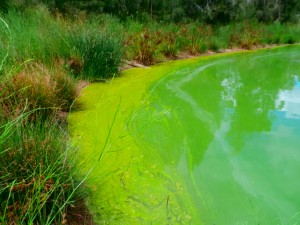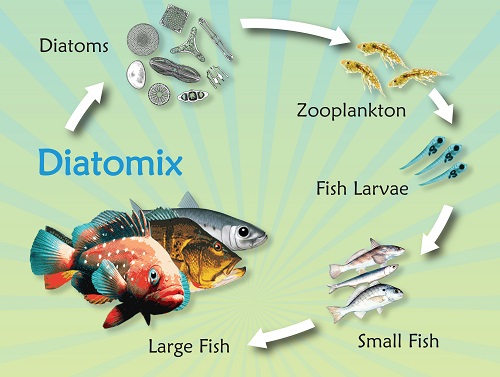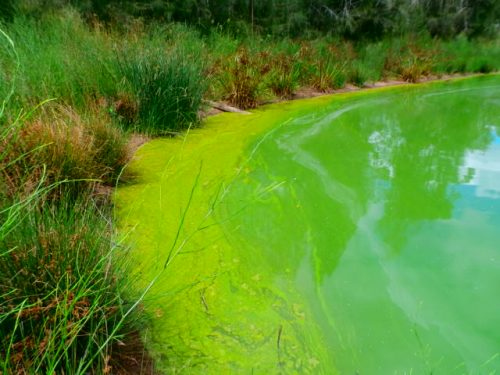
Every operator, manager and sideline observer of water and wastewater systems knows that spring is the beginning of the Blue-Green Algae season that will run until Autumn (or longer in the tropics).
What can be done? Do you simply make sure the lab knows they will have more testing to do? Are you planning aeration and de-stratification activities? Perhaps you have managed to spend some really big money on an ultrasonic system that kills all the suspended algae in the water and it’s time to turn it on.
Are these the only options? Do they work? Are they economical? Each system is merit based. Aeration and De-stratification work at many sites but they are likely to have the additional cost of on-going electricity consumption or high CAPEX to get them up and running.
Ultrasonic systems seem a backward step to me. I have not seen enough evidence to show they do not disrupt the natural biology of a system. Questions regarding effects on the wider biology in the water are asked, but not answered well in my opinion. If these units kill suspended algae in the water, those dead algae must breakdown and release their nutrient in the form of ammonia and phosphate. Without any algae suspended in the water, what consumes this nutrient? Everyone knows that excess nutrient leads to eutrophication. If the Ultrasonics kill all the algae, then those nutrients just sit in the water until they reach a part of the system where the algae are out of ‘earshot’ of the Ultrasonic unit and then they will bloom once again, or the water weeds will grow and choke the waterways. All problematic outcomes, some more expensive than others to resolve.

In many waterbodies today, there are polluting levels of nitrogen and phosphorus, and an under-supply of the micronutrients that are needed in tiny amounts to ensure good plant growth. The ‘Trace Elements’ in garden fertilisers are there because plants need more than just N:P:K. The same applies to algae, which are just really small plants. Solving the eutrophication problem is nearly as simple as correcting this balance.
Adding micronutrients (Trace elements) in a ‘raw’ form into the water won’t actually solve the problem, as any plant or algae will take them up and grow rapidly. This may lead to more Blue-Green algae, or more choking weeds. But ‘targeted’ application is a good idea. Adding the micronutrients into the water in a way where they are only bio-available to one class of algae would make sense. That is to say that it would make sense when that class of algae is at the bottom of the food chain.

This is a novel and new way to manage the problem. There is polluting nitrogen and phosphorus – you balance this by adding the targeted micronutrients. The ‘good’ algae, called diatoms, take up the polluting nutrients and the targeted micronutrients. The good algae start growing as fast as they can. Because these diatom algae are the favourite food of zooplankton, fish larvae, insects and shellfish the diatoms are soon eaten, nearly as fast as they manage to grow. This means that the polluting nitrogen and phosphate goes into the good algae, that are eaten by insect larvae, which are eaten by small fish, that keep eating and become bigger fish. These fish are eaten birds or perhaps end up on a fishing hook. With some managed treatment systems there are not many, or any fish, but the insects, and birdlife are there to consume smaller animals. Whatever the pathway, the ammonia, nitrate and phosphate are removed from the water and become part of the animal biology of that ecosystem.
The Blue-Green Algae (Cyanobacteria) and water weeds don’t get a chance to grow because the good algae, with the right balance of micronutrients, from Diatomix, take up the nitrogen and phosphate faster. Therefore, these others are starved of nitrogen and phosphors and they die away.
If your water or wastewater is likely to have a Blue-Green Algae bloom, or has excess ammonia, nitrate or phosphate, contact Dr Simon Tannock and we can discuss how Diatomix is the simplest way to stabilise your system and keep it healthy throughout the year.
